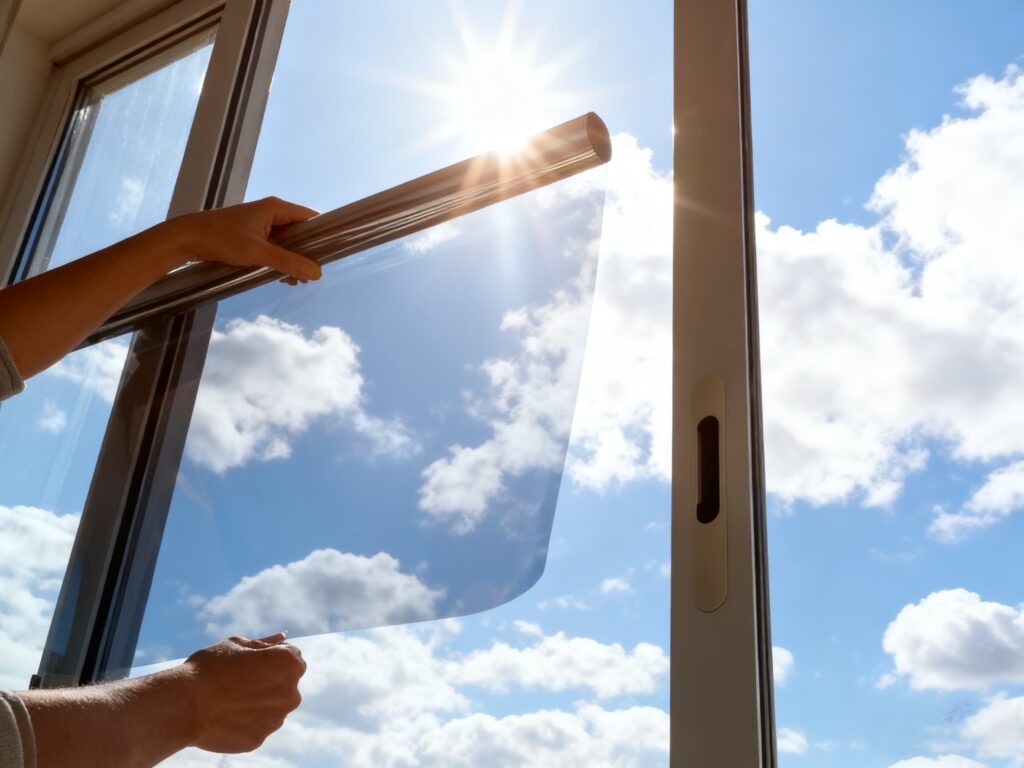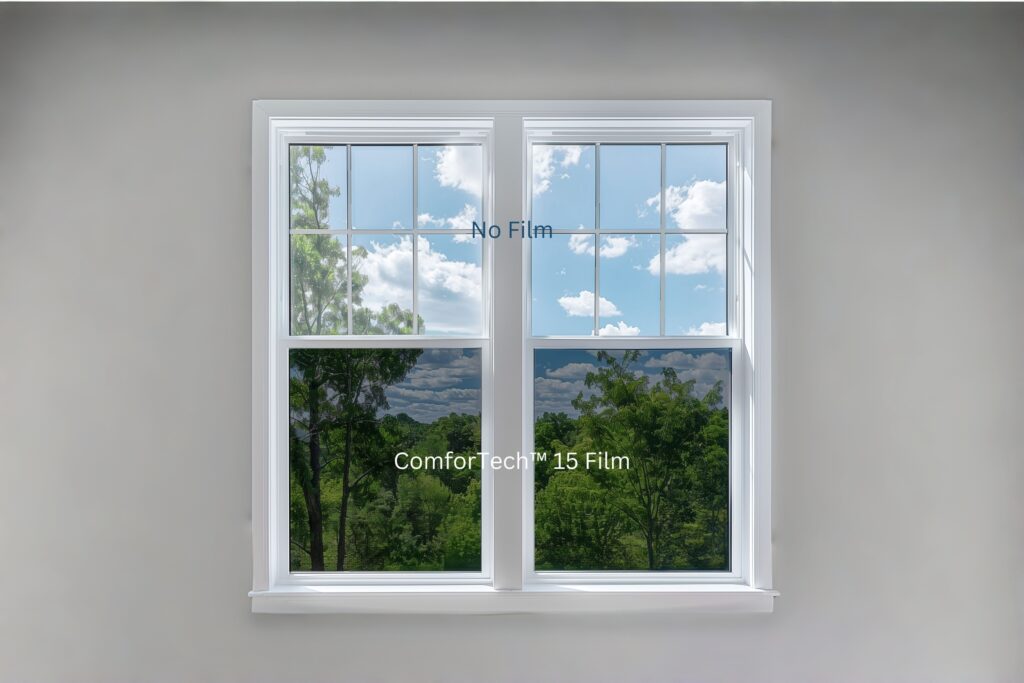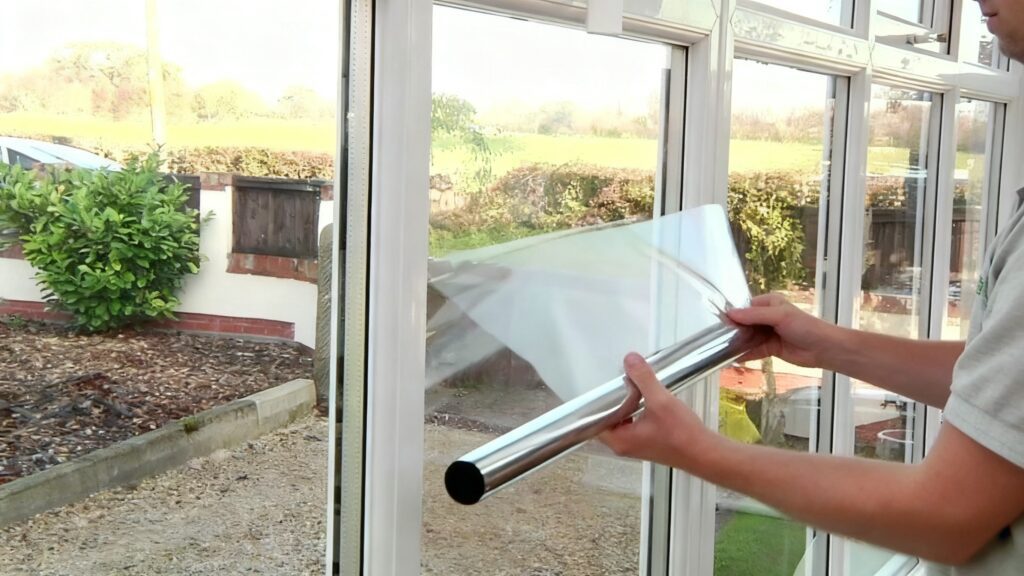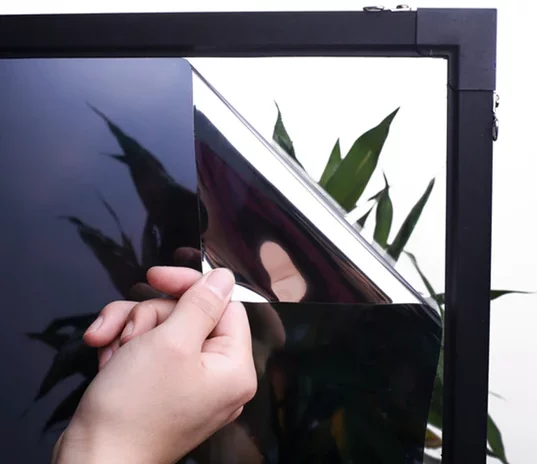
What Is Tinting Home Windows and Why the Market Is Growing
Tinting home windows means applying a thin performance film on the interior side of the glass. The window film controls heat, UV, glare, and visibility. It changes the way the glass interacts with solar energy. The demand for residential tint continues to grow in both homes and light commercial buildings. This demand comes from rising energy costs, new building codes, and stronger awareness of indoor comfort.
Many countries and regions have updated energy standards in recent years. These standards encourage building owners to reduce heat gain and improve envelope performance. Window tinting for home projects helps buildings meet these rules. Tinting also plays an important role in green building systems such as LEED and WELL. These systems rate glass tint as a valid method for reducing solar heat and protecting indoor health.
Modern glass tint materials include metal sputtered film, ceramic window film, nano heat rejection film, safety window film, and dual layer hybrid film. Each window film type offers different levels of visible light transmission, UV protection, total solar energy rejection, and thermal resistance. Residential projects often choose high clarity films that maintain natural light. Commercial projects may prefer stronger heat control and privacy features.
Core Benefits of Tinted House Windows for Residential and Commercial Projects
Energy Efficiency and Measurable ROI
Tinted for house applications reduce heat penetration and lower HVAC demand. When the sun hits untreated glass, infrared heat moves directly into the room. A high quality glass tint blocks this heat before it enters. Many film types can reduce cooling energy use by twenty percent to thirty percent in hot seasons. This reduction leads to smaller utility bills and longer equipment life.
ROI calculation for residential projects is simple. You compare the cost of the film with the annual savings in cooling energy. Hotels and office buildings use a similar method, but consider the baseline energy load, total glass area, and operating hours. Large scale projects often use bulk window film and professional window film supply partners to optimize cost.
UV and Infrared Rejection
Premium residential tint blocks up to ninety nine percent of UV light. UV is the main cause of furniture fading and surface damage. Infrared heat, which is the largest part of solar energy, is controlled through nano ceramic or metal based technology. Ceramic window film absorbs or filters IR waves while keeping clarity high. Metal films reflect heat and work well in regions with intense sunlight. Indoor fading is caused by UV, IR, and visible light. UV causes the highest damage, so strong UV blocking creates real value for both homes and commercial spaces.
Safety, Security, and Privacy Enhancement
Safety window film strengthens the glass. It adds a layer that holds the glass together when impact occurs. This reduces injury risk and creates more time during forced entry. Many coastal regions also use safety film for protection during strong winds or storms. Privacy tint reduces visibility from outside. Homes use softer tones for private areas. Commercial spaces often use reflective window films that create one way viewing. Each project selects a different optical strategy to fit daily use.
Aesthetic, Comfort, and Property Value Upgrade
Residential tint offers many colors, shades, and levels of reflectivity. It helps designers create a modern and uniform building exterior. Good light control improves indoor comfort by reducing glare and stabilizing daylight levels. These benefits increase long term value for residential and commercial properties. Building owners also gain value from consistent appearance across all window areas.
Potential Drawbacks of Glass Tint and How Professionals Solve Them
Glass tint quality varies widely. The real difference is in the adhesive formula, the uniformity of the metal layer, the thickness of the base material, and the stability of the coating. Low cost window film often uses weaker materials. These window films tend to fade, bubble, or turn hazy after exposure to sunlight. Heat reflection may also become unstable with time.
Some window manufacturers offer limited warranty when window film is added to Low E glass or insulated glass. Professional installers understand these conditions. They choose the correct residential tint that matches the glass type. Large projects need a clear budget plan because installation cost and window film cost scale with window size. Skilled installers are critical. The final performance depends on scraper pressure, film trimming, bonding at the edges, and clean surface preparation.
How Professional Tinting Companies Maximize ROI in Large Scale Projects
Hotels, schools, hospitals, and office buildings often gain major energy savings after adding tinted house windows. Professional contractors use structured B2B systems for bulk window film procurement. This reduces cost and ensures stable supply. Many large projects use custom solutions. One common approach is a combination of safety window film and heat rejection window film. Another approach uses sun control film paired with solar control window film for office environments.
Working with a professional brand adds extra value. These brands offer strong warranty plans and detailed optical data such as visible light transmission, solar heat gain, and UV rejection. Many projects also use test installations to confirm performance before large scale deployment.
Choosing the Right Window Film for Your Climate and Building Type
Climate plays a key role when selecting tinted house windows. Hot regions need high total solar energy rejection. Moderate climates use balanced films that keep daylight while reducing peak heat. Cold climates prefer films that control glare but allow some solar gain.
Different buildings need different optical strategies. Homes often need natural color tones. Schools need controlled glare for reading environments. Hospitals need stable daylight without UV. Office buildings often choose reflective glass tint to reduce monitor glare.
Window orientation is also important. South facing windows receive strong heat and need higher performance films. North facing windows receive softer light. Film selection must also match the glass type. Standard glass, Low E glass, tempered glass, and insulated glass each have different heat and stress characteristics.
Is Tinting Home Windows Worth It? Final Evaluation
Tinting home windows offers strong long term value. It reduces energy use, improves comfort, increases safety, and protects interior surfaces. The installation lasts for many years and requires minimal maintenance. For business owners and developers, residential tint delivers high performance at a low cost. Professional installation and trusted brands are essential for the best ROI.
For distributors, wholesalers, and commercial facility managers, Fancyfix is a trusted supplier of high quality home windows tinting. With extensive experience in window film production, we provide stable bulk window film supply and consistent product performance for large scale projects. Beyond materials, we offer market insights, trend analysis, and product market reports tailored to help your business sell more effectively. Work with Fancyfix to access premium residential tint solutions, reliable support, and data-driven guidance for maximizing project ROI.





